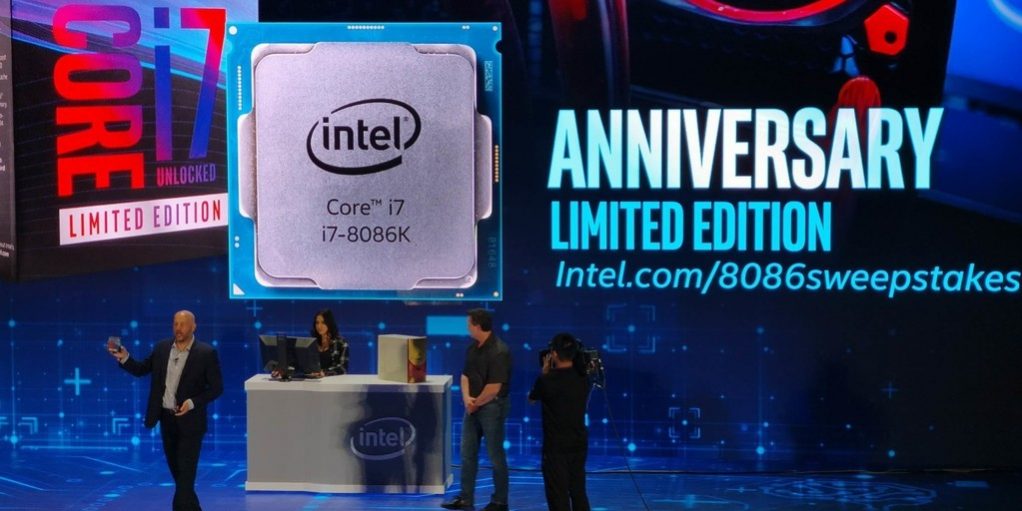For a fortnight now, directly from I.I.S. Viola in Rovigo, three young people from the school-to-work alternation have been present in our office, in order to briefly test the working reality with a view to continuity with what they have learnt in the school course they have undertaken. Among the various activities they carry out on a daily basis alongside and under the supervision of the IT solution staff, they were asked to try their hand at writing IT-related articles, and the following is a first result by Nakia. Enjoy your reading.
50 years of Intel and 40 years since the release of the first 8086 architecture processors: the company celebrates the double anniversary by announcing the new 5GHz Intel Core i7-8086K CPU. The processor is called the 8086k for two reasons: first, 8086 is the name of the architecture, while the “k” is put by Intel on all overclockable processors. This processor has some interesting features for enthusiasts, starting with the fact that it is an 8th generation processor, which means it has a 14nm “coffee lake” architecture with LGA 1151, so it has 6 cores and 12 threads, 12MB of shared L3 cache, 256KB of L2 cache per core, a base frequency of 4GHz and a turbo boost that takes it up to 5GHz. This little beastie is overclocked to a frequency of 7 GHz using liquid nitrogen cooling. Obviously, it has limitations: 5 GHz would only be achievable if a single core is active, while the same clock frequencies are maintained when working in multicore mode with 2 to 6 physical cores. The power consumption of the processor is identical to the I7-8700K, i.e. 95w. We do not recommend buying this processor because its “brother”, the I7-8700K, despite having a lower frequency (3.7 GHz base and up to 4.7 GHz thanks to turbo boost), is the same in terms of cores and threads and costs around 325 Euros compared to 455 Euros for the new I7-8086K. It seems clear that it is more advisable to buy the I7-8700K which will not have the same features, but is very similar in power consumption and performance. These two processors are recommended in case someone needs a high-end, high-performance computer.

Nakia, 3a F, Computer Science and Telecommunications, I.I.S Viola

